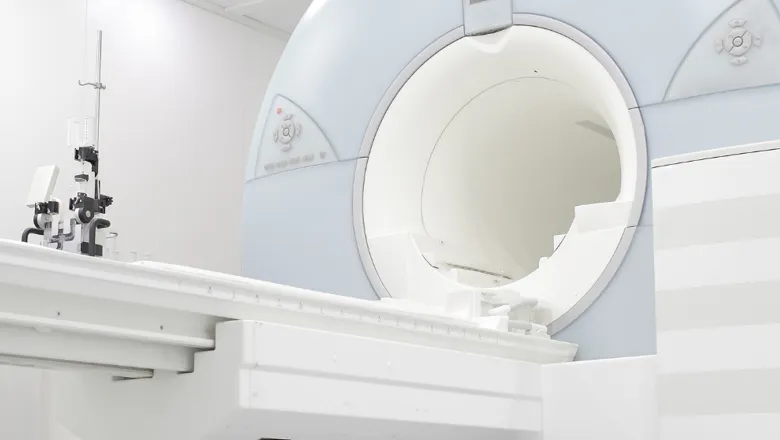11 October 2019
Measuring tumour stiffness could help enhance treatment for breast and pancreatic cancer
A new study published today in Cancer Research Journal found that the use of a non-invasive scan determining tumour stiffness could provide crucial new information about tumour structure and highlight potential new ways to monitor new treatments for breast and pancreatic cancers.

King’s researchers in collaboration with the Institute of Cancer Research, London (ICR) were able to visualise and measure how stiff and dense tumours are in mice using a technique called magnetic resonance (MR) elastography. This technique provided extra details about tumour structure and density in addition to the information about of growth and size given by standard MRI scans which may help select the best treatment course for some cancer patients.
Researchers discovered that breast tumours were around twice as stiff as brain tumours and around three times as dense, causing challenges in effectively delivering treatment as the mass is often difficult to penetrate.
Initial studies established that the major contributor to the increased tumour stiffness in breast and pancreatic cancers was collagen - a key component of bone, cartilage, tendons and the extracellular matrix that holds tissues together. In contrast, tumours arising from the nervous system, such as some forms of childhood cancer and brain tumours, were relatively soft and lacking in collagen.
The findings suggest that the scan can monitor the weakening of the tumour structure through drugs designed to break down this extracellular matrix, such as collagenase. The technique could also be key to identifying the optimum time to efficiently deliver chemotherapeutic agents by showing when the tumour is most vulnerable and assess the contribution of collagen to relative stiffness across several different tumour types.
The administration of collagenase resulted in a clear overall reduction in the elasticity and viscosity of breast tumours in mice – both of which fell by around a fifth. This in turn could identify tumours in which there is the potential to use new drugs designed to ‘weaken’ the structure holding together tumours – thereby giving other drugs access to cancer cells in the centre of the tumour.
The study was funded by the European Union, Cancer Research UK and the Rosetrees Trust and supported by Children with Cancer UK and the Wellcome Trust.
